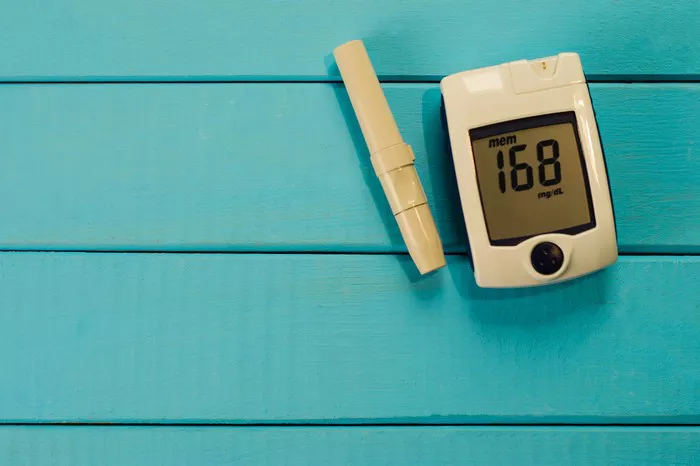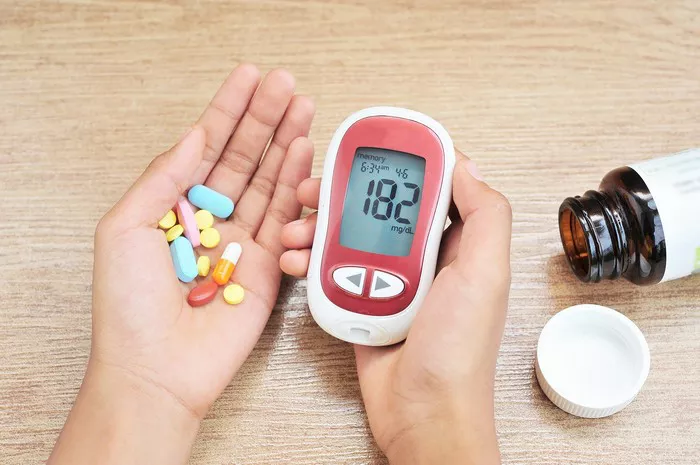Blood sugar, or glucose, levels are a critical aspect of diabetes management. Proper monitoring and control are essential to prevent the short-term and long-term complications associated with hyperglycemia (high blood sugar). This article will delve into what constitutes dangerously high blood sugar levels, their implications, and how individuals can effectively manage and mitigate the risks associated with these levels.
What Is Blood Sugar and How Is It Regulated?
Blood sugar is the concentration of glucose present in the blood. Glucose is a primary energy source for the body’s cells, and its levels are tightly regulated by the hormone insulin, produced by the pancreas. In individuals without diabetes, the pancreas releases insulin in response to increased blood glucose levels, facilitating glucose uptake by cells and maintaining homeostasis.
In people with diabetes, this regulatory system is impaired. Type 1 diabetes involves an autoimmune destruction of insulin-producing beta cells in the pancreas, leading to an absolute insulin deficiency. Type 2 diabetes is characterized by insulin resistance, where the body’s cells do not respond effectively to insulin, often coupled with a relative insulin deficiency. Both types result in elevated blood glucose levels, necessitating external interventions to manage and control blood sugar.
Normal Blood Sugar Levels and Measuring Them
To understand what constitutes dangerously high blood sugar levels, it’s important to recognize the normal range of blood glucose levels.
Fasting Blood Sugar Levels:
- Normal: 70-99 mg/dL (3.9-5.5 mmol/L)
- Prediabetes: 100-125 mg/dL (5.6-6.9 mmol/L)
- Diabetes: 126 mg/dL (7.0 mmol/L) or higher on two separate tests
Postprandial Blood Sugar Levels (2 hours after eating):
- Normal: Less than 140 mg/dL (7.8 mmol/L)
- Prediabetes: 140-199 mg/dL (7.8-11.0 mmol/L)
- Diabetes: 200 mg/dL (11.1 mmol/L) or higher
HbA1c (Glycated Hemoglobin):
- Normal: Below 5.7%
- Prediabetes: 5.7% to 6.4%
- Diabetes: 6.5% or higher
Monitoring blood sugar involves regular testing using a glucometer or continuous glucose monitoring (CGM) systems. These tools help track daily fluctuations and trends in blood sugar levels, guiding necessary adjustments in diet, physical activity, and medication.
What Is Considered Dangerously High Blood Sugar?
Hyperglycemia is defined as an abnormally high blood glucose level. For individuals with diabetes, blood sugar is considered dangerously high when it consistently exceeds certain thresholds, leading to potential acute and chronic complications.
Acute Hyperglycemia:
- Threshold: Blood sugar levels above 180 mg/dL (10.0 mmol/L) after meals.
- Danger Zone: Blood sugar levels above 300 mg/dL (16.7 mmol/L).
- Emergency Level: Blood sugar levels above 600 mg/dL (33.3 mmol/L).
Symptoms and Immediate Risks:
- Polyuria: Frequent urination as the body attempts to excrete excess glucose.
- Polydipsia: Increased thirst due to dehydration from frequent urination.
- Polyphagia: Increased hunger as cells are deprived of glucose.
- Blurred Vision: Resulting from fluid shifts affecting the eye lens.
- Fatigue: Due to the body’s inability to efficiently use glucose for energy.
If hyperglycemia persists, it can lead to severe conditions such as diabetic ketoacidosis (DKA) in Type 1 diabetes, where the body starts breaking down fats leading to the buildup of ketones, and hyperosmolar hyperglycemic state (HHS) in Type 2 diabetes, which involves extreme dehydration and high blood sugar without significant ketone production.
Long-Term Complications of Hyperglycemia
Chronic hyperglycemia, even if not acutely dangerous, can lead to a range of serious complications due to the damage it inflicts on blood vessels and nerves throughout the body.
Macrovascular Complications:
- Cardiovascular Disease: Increased risk of heart attacks, strokes, and atherosclerosis.
- Peripheral Artery Disease (PAD): Reduced blood flow to the limbs, potentially leading to amputations.
Microvascular Complications:
- Diabetic Retinopathy: Damage to the blood vessels in the eyes, potentially leading to blindness.
- Diabetic Nephropathy: Kidney damage that can progress to kidney failure.
- Diabetic Neuropathy: Nerve damage, especially in the legs and feet, leading to pain, tingling, or loss of sensation.
Other Complications:
- Diabetic Foot Ulcers: Due to poor circulation and neuropathy, increasing the risk of infections and amputations.
- Infections: Higher susceptibility due to impaired immune response.
Managing High Blood Sugar Levels
Effective management of blood sugar levels involves a combination of lifestyle modifications, regular monitoring, and, if necessary, medication or insulin therapy.
Lifestyle Modifications:
- Diet: Emphasizing low glycemic index foods, high in fiber, and balanced macronutrient intake. Avoiding simple sugars and refined carbohydrates that spike blood sugar levels.
- Physical Activity: Regular exercise helps improve insulin sensitivity and glucose uptake by muscles.
- Weight Management: Maintaining a healthy weight can improve insulin sensitivity and reduce the burden on the pancreas.
Regular Monitoring:
Frequent blood sugar testing helps individuals understand how different foods, activities, and medications affect their blood glucose levels. CGM systems provide continuous feedback and can alert users to dangerous highs or lows, facilitating prompt intervention.
Medication and Insulin Therapy:
- Oral Medications: For Type 2 diabetes, various classes of medications such as metformin, sulfonylureas, and DPP-4 inhibitors help control blood sugar.
- Insulin Therapy: Essential for Type 1 diabetes and sometimes necessary for Type 2 diabetes, insulin helps lower blood glucose levels by facilitating cellular uptake of glucose.
Emergency Interventions:
For dangerously high blood sugar levels, immediate interventions include:
- Insulin Administration: Rapid-acting insulin to quickly reduce blood sugar levels.
- Hydration: Drinking water to help flush out excess glucose through urine.
- Electrolyte Replacement: Especially in cases of DKA or HHS, where electrolyte imbalances are common.
Preventive Strategies
Prevention of hyperglycemia requires a proactive approach involving regular healthcare consultations, individualized care plans, and patient education.
Routine Healthcare Visits:
Regular check-ups with healthcare providers allow for ongoing assessment and adjustment of treatment plans based on current blood sugar control and overall health status.
Individualized Care Plans:
Customized care plans that consider individual needs, preferences, and lifestyle factors ensure more effective blood sugar management. This includes tailored dietary advice, exercise regimens, and medication schedules.
Patient Education:
Educating patients about diabetes, blood sugar monitoring, symptom recognition, and self-management strategies empowers them to take control of their health and prevent dangerous highs.
Conclusion
Understanding and managing dangerously high blood sugar levels is vital for individuals with diabetes to avoid acute emergencies and long-term complications. Blood sugar levels above 180 mg/dL postprandially signal the need for increased vigilance, while levels exceeding 300 mg/dL warrant immediate intervention to prevent severe outcomes like DKA or HHS. Chronic hyperglycemia, even at lower thresholds, can cause significant organ damage over time.
Through a combination of lifestyle modifications, regular monitoring, appropriate medication or insulin therapy, and ongoing education, individuals with diabetes can effectively manage their blood sugar levels and reduce the risk of complications. Continuous collaboration with healthcare providers and adherence to personalized care plans further enhances the ability to maintain optimal blood glucose control and lead a healthy, active life.
Related topics:
Normal A1C Levels in Diabetes Management

























